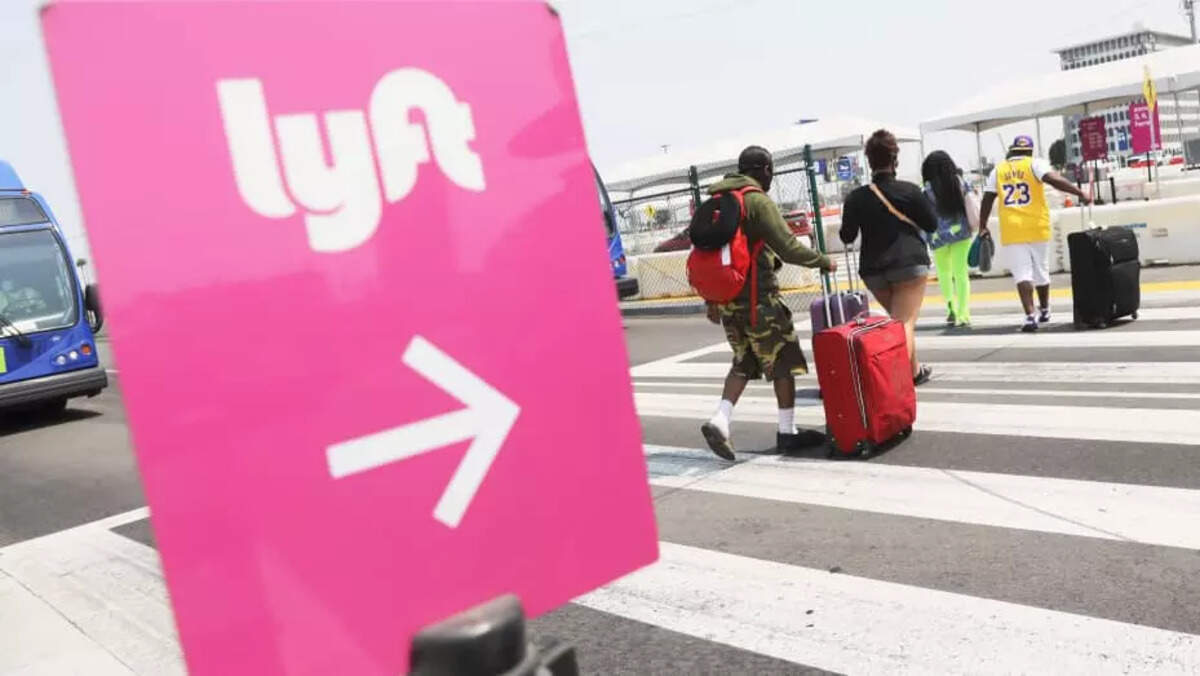Lyft’s numbers went down last year than predicted due to the rise of Omicron. With expected revenue in the first quarter to be between $800 million and $850 million, the decline was around $170 million. Furthermore, the ride costs are expected to be high. In the fourth quarter last year the per rider reached nearly $52.

Lyft Inc’s first full-year adjusted profit and a spike in pricey airport trips were overshadowed by a drop in ridership due to Omicron, which management on Tuesday warned would persist into the first quarter and drag down profit. The projected hit to first-quarter revenue and profit sparked a 6% drop in Lyft shares in after-hours trading.
Lyft also said it expected to report significantly lower adjusted earnings before interest, taxes, depreciation, and amortization, a measure that excludes one-time costs, primarily stock-based compensation, in the first quarter. Additionally, executives, including newly appointed Chief Financial Officer Elaine Paul, prepared investors for between $5 million and $15 million in first-quarter adjusted EBITDA, compared with the nearly $75 million in the fourth quarter. Paul said, “Were it not for Omicron we would be projecting strong sequential quarter-over-quarter ride growth and revenue growth,” Paul stated that Lyft remained committed to being profitable in adjusted EBITDA.
Omicron situation
Asked whether Lyft expected the Omicron situation to improve in the coming weeks, Paul said the company was seeing positive signals as mask mandates were lifted in some markets. “Omicron is still the wild card,” Tigress Financial Partners analyst Ivan Feinseth said, adding that recovery remains in question until events and conferences return and offices reopen.
The Omicron warnings cast a shadow over Lyft’s first full-year adjusted EBITDA profit, as fourth-quarter revenue rose 70% to $969.9 million from a year ago, beating analysts’ estimates of $940.1 million, according to Refinitiv data. While riders continued returning to the platform compared with 2020 levels, ridership in the fourth quarter decreased by roughly 1% versus the prior quarter and ridership remains 30% below pre-COVID levels.
Meanwhile, the other issues like drivers opting to drive and lockdowns have been impacting the company ride numbers largely. While World Health Organisation (WHO), suggests that there is a possibility of another variant, it could impact the ride-sharing companies as well. Rising costs of rides continue, alongside fewer people are opting to go on rides in other vehicles. Lyft recorded some 18.7 million active riders in the fourth quarter, short of analyst estimates for 20.2 million riders, according to Factset. Lyft attributed the drop in ridership to seasonality and fewer bike and scooter riders during the cold weather but declined to break down the share of ride-hail versus micromobility users. Lyft President John Zimmer also said 2021’s New Year’s Eve had been less busy than in previous years.












